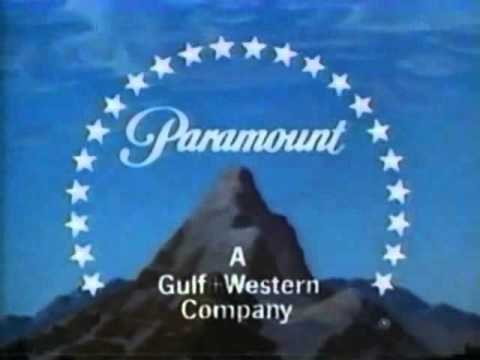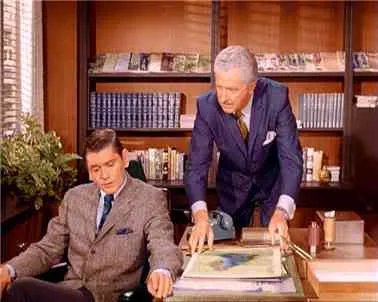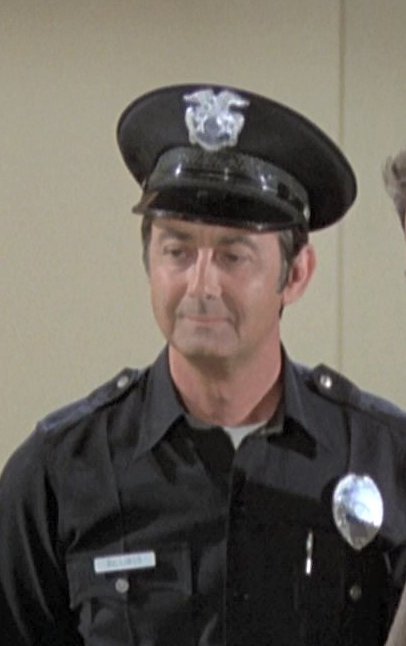Paramount? Seriously? Continue reading
It would have been folly to do so, but I certainly wish that I had kept my notes from our second Manhattan adventure. In a strange way it was an important milestone for TSI, but my recollection of the details are now very spotty, and the only aspect that I could verify from research on the Internet was that the year was almost certainly 1990. It may have actually begun in late 1989. Sue remembers nothing about this whole escapade.
The prospect was Paramount Communications Incorporated, which was based in New York City. I am not sure how the people conducting the software search heard about TSI. The Manhattan IBM office with which we sometimes dealt may have recommended us. We had a pretty good relationship with them. If the word “advertising” was mentioned in a conversation, they probably would have thought of TSI.
Of course, Sue and I had heard of Paramount studios. We had both seen the company’s logo on lots of movies. I am not sure whether we were contacted by phone or by a letter. In any case, we had only one face-to-face meeting in New York City with the person who was looking for a company to develop a system for them. She sent us a Request for Proposal (RFP) with fairly detailed specifications.
I generally hated RFP’s because they seldom allowed us to emphasize what we did best—come up with imaginative solutions to database problems that were difficult to implement. Instead they were designed to be easy to score and to prevent the vendor from distracting attention away from the most important issues. Each vendor’s answers were awarded numerical values. The software companies with the highest scores were asked to write up a detailed proposal, perhaps after an interview.
We were learned that Paramount owned a set of radio and television stations and some small cable networks. It needed a system to manage the advertising on these outlets. Of course, it also owned production companies as well as other things such as Madison Square Garden and its two permanent residents, the Knicks and Rangers. So, in some cases Paramount owned both ends of the transaction. This complicated matters, but we always liked complications. If nothing else, this helped explain why the company did not just use a software package designed for broadcast stations. Surely by 1990 there must have been some.
The RFP had set of a dozen or so numbered areas that required (or at least allowed) fairly extensive explanations.It also contained something that I had never seen before. At the end or perhaps in the cover letter it indicated that the submission should “be indexed” according to the required areas.
The proposal that I wrote was organized so as to emphasize our company’s strengths, namely our ability to deliver very large projects on time, our willingness to write custom code, and our strong relationship with IBM. I also sang the praises of the AS/4002. Needless to say, I did not emphasize TSI’s lack of experience in scheduling advertising from the media outlet’s perspective. In point of fact, I was convinced that we would be writing most of this code from scratch. At the end I included an index that listed the page number for the answer to each numbered area.
A few weeks after we mailed the response to the RFP we were invited to come to New York to discuss the document. The company’s office was in the Gulf and Western Building at 1 Central Park West on Columbus Circle. Sue and I took Amtrak to the city and then the subway to Columbus Circle. Columbus Circle was thrilling. Neither of us had ever been there before; ascending from the subway elicited a “Wow!” from both of us. We had never seen a section of Manhattan that was not rectangular!
The meeting was less inspiring. I distinctly remember two aspects of it:
- The lady conducting the search (whose name I don’t recall) seemed annoyed that I had not organized our responses in the same order as the numbered areas. I explained that the RFP had not specified an order for presenting the responses. It said that they should be indexed, which is exactly what I did. She paused for a few seconds with an icy look on her face. She then asked my why I had organized it the way that I did. I told her that I was simply trying to make a case. The rest of the meeting went a little better. I don’t think that she had realized that the RFP had used the word “indexed” instead of “ordered”.
- She provided us with a little more information about the project, including the news that they favored a UNIX-based solution. The only other thing that I specifically remember came from Sue, who at one point remarked, “I am not sure that we even want this job.” I am not sure how this struck the lady making the decision, but it certainly shocked me. For the first time in the decade that we had been working together Sue and I apparently did not agree on the direction in which TSI should be heading.
Frankly I was not certain that it would be a good idea to undertake this project. In point of fact the situation at Paramount changed dramatically only a few years after our meeting. The whole company was purchased and then split in two with all the media outlets going to an independent company. If we had committed to a large investment in time and resources for Paramount’s project, we probably would have found ourselves out of luck at that point. As it was, we devoted the time and effort to the AdDept system3. At just about the same time that Paramount was acquired and then split up, the marketing of AdDept was really gaining traction.
If we somehow survived that crisis, we would have had to learn how to deal with show business people. Can you imagine?
In any case, I never begrudged Sue the right to her judgment. I wished, however, that she had told me about her misgivings earlier and in private.
We did not get the Paramount job, but we had one more memorable meeting about it. It was a flea on the world’s greatest (true) shaggy dog story, which is recounted here.
1. Prior to 1989 the parent company was known as Gulf and Western. In 1994 Viacom acquired a controlling interest in it. When that company split into two entities, Viacom and CBS, most of the stations went to CBS, and the film studio went to Viacom. Some other properties were sold. Wikipedia’s account of this period is here.
2. Much more about the hardware and operating system that were the focus of TSI’s activities from 1988 until the company closed in 2014 can be found here.
3. The design of the AdDept system is explicated here.









